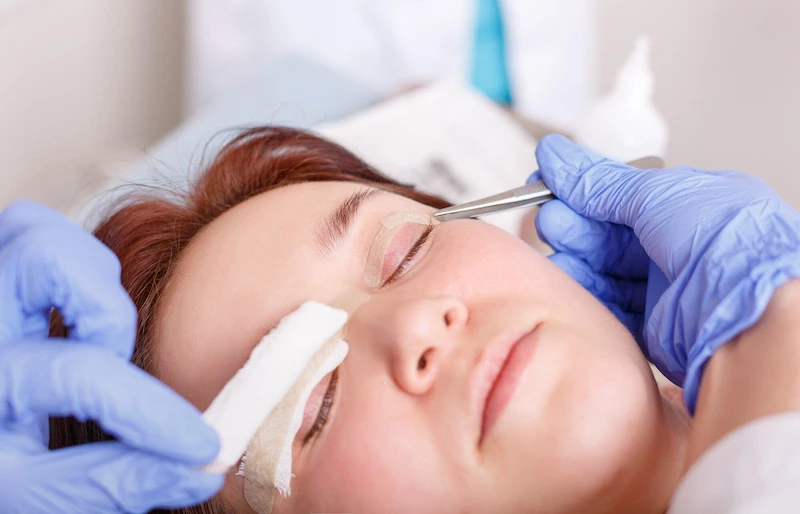Gazing into a mirror can often be a revealing experience. We notice the subtle changes in our complexion over time.
One particularly telling sign of aging is the onset of a sagging eye. This is a condition that impacts both our appearance and our self-esteem.
But why do our once bright and alert eyes seem to lose their youthful twinkle?
In this comprehensive guide, we delve into the intricate details of sagging eyes. We’ll explore the top culprits behind this common concern. We’ll also uncover the strategies that can ward off the pull of time so read on.
Sun Damage: A Scorching Reality
Excessive ultraviolet (UV) exposure is a silent assailant on our skin’s fortitude. The sun’s rays penetrate the dermal layers. It breaks down collagen and elastin and accelerates the skin’s aging process.
One of the best skincare tips to combat this is to wear UV-protective sunglasses. You can also use an SPF-formulated eye cream daily.
You should also look into using green tea or resveratrol for your eye rejuvenation routine. This can neutralize the free radicals generated by UV exposure before they can inflict their harm.
Smoking: A Grey Cloud Over Youthful Eyes
Tobacco smoke not only circulates detrimental toxins throughout the body, it also constricts blood vessels. This reduces the flow of oxygen and vital nutrients to the skin. This can lead to the weakening of skin tissues, making them more susceptible to sagging.
To maintain youthful eyes, quitting smoking is crucial. This habit may be challenging to break, but the rewards are immense. Lifestyle adjustments like these can lead to healthier skin and clearer vision.
Read Also: Exploring The Benefits Of Full-Body Laser Hair Removal
Sleep Deprivation: The Dark Circles’ Comrade
Inadequate sleep disrupts the skin’s natural protective barrier. It weakens its resilience and promotes fluid retention. These can contribute to a puffy, sagging eye appearance.
Prioritizing restful sleep patterns is a pivotal component of any battle plan to maintain youthful eyes. To promote a good night’s rest, try to establish a consistent sleep schedule. Limit your caffeine and alcohol consumption before bedtime.
Genetic Predisposition: The Unavoidable Factor
Unfortunately, some of us are genetically predisposed to have sagging eyes. This is due to weaker skin structures or inherited facial features such as hooded eyelids. While we can’t change our DNA, there are still ways to minimize the effects of this factor.
Investing in non-invasive treatments such as Botox or dermal fillers can help lift and tighten sagging skin around the eyes. You can also try talking to a blepharoplasty surgeon if you’re considering a more permanent solution.
Stress and Hormones: An Unseen Force in Eye Health
The modern world can be a pressure cooker for stress, and our hormonal balance can bear the brunt. Cortisol, the body’s primary stress hormone, can break down collagen. This can lead to structural changes that give rise to sagging eye concerns.
Some stressors are inherent to daily life. However, engaging in stress-reducing activities can minimize the detrimental effects of stress on our eye contour. This includes yoga, meditation, or a calming skincare routine.
Treating a Sagging Eye: The Art of Seeing Clearly
Taking care of our eyes is not just about maintaining a youthful appearance. It’s also essential for preserving our ability to see clearly.
As we age, our eye muscles weaken. The skin tissues around them can become less elastic. This can lead to a sagging eye that may obstruct our vision.
If this occurs, don’t ignore it – seek medical attention immediately. An ophthalmologist can help you improve your sight and prevent further problems.
Was this article helpful? If so, check out the rest of our site for more.







